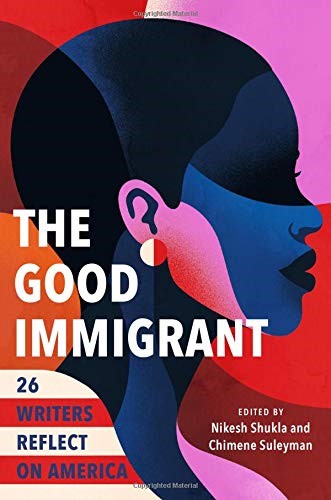News & Events
The Academic Book Club ‘Best Book Review’ award

80 students from GDST schools around the country signed up to virtual Academic Book Clubs run on a weekly basis during the autumn term by dedicated teachers. This was part of the GDST Limitless Learning programme devised by our own Headmistress, Mrs Pattison, to enhance the 6th form experience and help prepare our students for life in the ‘real’ world.
The aim of the Academic Book Club initiative was to provide girls with an opportunity to meet students from other schools, and to collectively read and discuss one of a selection of books ranging from Tim Marshall’s Prisoners of Geography to Isabel Allende’s La Ciudad de las Bestias (City of the Beasts). The facilitators of the Club, Mr Merk and Mr Giblin, of Northwood College for Girls, collated the girls’ reflections on completion of the course:
- All students feel as though they have improved their subject knowledge
- Most students feel as though they have a greater global awareness as a result of the initiative
- Over half the girls feel more confident speaking within a group
Max (Year 11) could not have been more enthusiastic (‘Amazing! Massively Interesting’) about her exposure to Richard Feyman’s 6 Easy Pieces: Essentials of Physics Explained by its Most Brilliant Teacher. She writes of her book club experience: ‘It was a really good opportunity to learn more about physics from a book and then have it explained again in a session – learnt lots of new and interesting things – reinvigorated my enthusiasm for the subject’.
Layla J (L6) is to be congratulated on writing the winning book review based on the hard-hitting The Good Immigrant, edited by Nikesh Shukla, featuring 21 black, Asian and minority ethnic voices emerging in Britain today. Layla writes: I implore people to read it for the … future success and equality of our society.
Book Review by Layla J
“The Good Immigrant” is a powerful collection of essays exposing the harsh truth about the adversities faced by immigrants living in Britain. It aims to add flavour to the seemingly “white” universal experience and sets out to explore and validate life experiences which do not align with this. It specifically draws attention to times when immigrants are subjected to racist slurs, victims of hate crimes, but also immensely inspiring success stories which stay true to the phrase “success is counted sweetest by those who ne’er succeed”.
The book is overwhelmingly relatable for many and even shines a light on things which may be considered offensive that are normalised by society; it picks up on how certain remarks mock immigrant cultures but are not recognised as being racist as they are concealed as “jokes”. It allows for the reader to ponder over their own behaviour as well as how they are treated by others. Something which I found memorable whilst reading this book was the realisation that I myself have experienced forms of racism yet I didn’t even register this since it happens so often that I did not feel as outraged as I should have been.
The accessibility of this book was particularly appealing to me as it was able to touch the hearts of all of us in our group, all from a range of different backgrounds and ages. It also stimulated a lot of interesting discussions which I will always value and remember since it made me more aware of so many different world views and allowed me to sympathise with other cultures and people. Furthermore, I found that the various styles of writing of the authors were effective in further emphasising the message they were trying to convey whether that may be in the form of a list in “A Guide to Being Black” or a traditional essay style piece employing a more serious tone. It enabled the author to give an insight into the different themes being portrayed such as alienation from society, microaggressions, and the drive to succeed when you are marked as being disadvantaged since birth.
What I appreciated most about the book was the authors’ ability to criticise their own culture; they didn’t all play the “blame game” as such. This was seen in multiple chapters; one that I thought stood out was where many authors of Eastern and African heritage touched upon the fair skinned supremacy existing within their communities and went as far as naming skin bleaching brands. The beauty of this was unique to this book; I haven’t seen many authors try to raise awareness of these deep-rooted issues as openly as they did here. This book was extremely well-rounded and gives a voice and a platform for disenfranchised communities. It not only allows immigrants to relate to one another and see that they aren’t alone in their experiences, but is also aimed to ensure others are made aware of these atrocities. I think this book is an essential step in the fight to eliminate all forms of racism and xenophobia. I not only recommend that people read “The Good Immigrant”, but implore people to read it for the good and future success and equality of our society.
Mrs Abrams
More news
Awards and Celebration
GDST Creative Writing Year 12 & 13 – highly commended
Co-curricular



